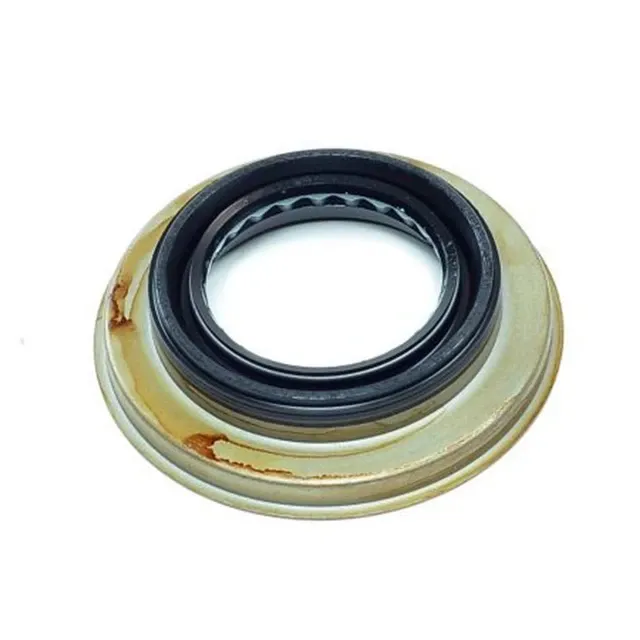Understanding the Function and Importance of Engine Drain Plugs in Vehicles
Understanding the Importance of Engine Drain Plugs
An engine drain plug, often overlooked, plays a crucial role in the maintenance and longevity of an engine. It is a small yet significant component that facilitates the draining and replacement of engine oil, ensuring that the engine runs smoothly and efficiently. In this article, we will explore the importance of engine drain plugs, their functionality, and the best practices for their upkeep.
What is an Engine Drain Plug?
The engine drain plug, typically located at the lowest point of the oil pan, is a threaded plug that seals the oil reservoir of an engine
. Its primary function is to allow mechanics and car owners to drain used engine oil, which is essential for regular oil changes. This process helps remove contaminants, debris, and carbon deposits that accumulate over time, which can lead to engine wear and reduced performance.Why is it Important?
1. Maintenance of Engine Health Regularly changing the engine oil is vital for the engine's health. The oil lubricates the engine's moving parts, reducing friction and preventing overheating. If the oil is not changed regularly, it becomes contaminated and loses its ability to lubricate effectively, leading to potential engine failure. The drain plug ensures that used oil can be removed safely and efficiently.
2. Environmentally Friendly Proper disposal of used engine oil is crucial for environmental protection. An engine drain plug allows for the collection of used oil, which can then be recycled or disposed of responsibly. This prevents toxic substances from contaminating water sources and damaging ecosystems.
engine drain plug

3. Cost-Effective Neglecting oil changes due to clogged drain plugs or improper draining can lead to costly repairs. Engines that run on degraded oil are susceptible to severe damage, which may require expensive repairs or even complete engine replacement. By ensuring the drain plug is functioning correctly, vehicle owners can maintain their engines and save money in the long run.
Maintenance Tips for Engine Drain Plugs
1. Regular Inspection Check the condition of the drain plug during routine maintenance. Look for any signs of wear, such as cracks or corrosion. A damaged drain plug should be replaced immediately to prevent leaks.
2. Use the Right Tools When draining oil, ensure that the correct tools are used to avoid overtightening or stripping the threads of the drain plug. This can lead to leaks and make future oil changes difficult.
3. Sealant Consideration If the drain plug has a washer or seal, make sure to replace it when changing the oil. A worn seal can lead to oil leaks, which can be detrimental to both the engine and the environment.
4. Regular Oil Changes Follow the manufacturer's recommendations for oil change intervals. Keeping up with regular changes will not only extend the life of your engine but also ensure that the drain plug and its associated components are in good condition.
In conclusion, the engine drain plug is a vital component that ensures proper maintenance of your vehicle's engine. By understanding its importance and adhering to best practices, car owners can ensure their engines remain healthy and efficient for years to come.
-
The Ultimate Guide to Car Repair Kits: Tools and Essentials Every Driver Should Own
News Aug.01,2025
-
The Complete Guide to Oil Pan Gaskets: Sealing Engine Leaks the Right Way
News Aug.01,2025
-
Preventing Oil Leaks: A Complete Guide to Oil Pan Gaskets and Drain Seals
News Aug.01,2025
-
Everything You Need to Know About Oil Pan Gaskets and Drain Plug Seals
News Aug.01,2025
-
Essential for Car Owners: How to Use a Car Repair Kit to Deal with Minor Breakdown
News Aug.01,2025
-
Comprehensive Guide to Engine Oil Sump Gaskets and Related Seals
News Aug.01,2025
-
The Ultimate Guide to Boat Propeller Bearings and Trailer Wheel Bearings
News Jul.31,2025
Products categories















